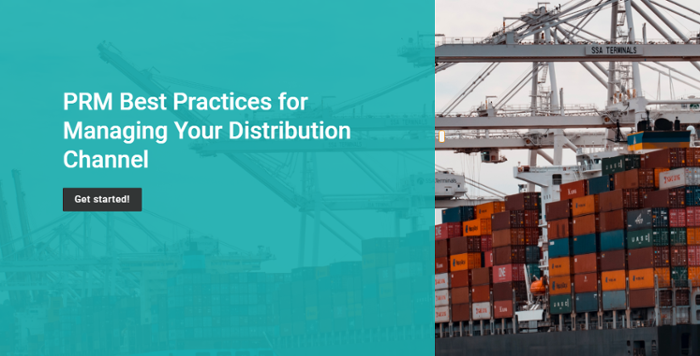A growing network of channel partners, such as dealers, VARs, and resellers, can be a very good thing for companies looking to increase revenue, but to those tasked with managing channel relationships, adding channel partners also means adding to the challenge of maintaining and maximizing their engagement with the enterprise.
In the context of managing channel partners, engagement refers to the level of awareness and alignment channel partners have with your brand.
Engagement is the cornerstone of any channel management strategy, and it’s easy to see why. Fully engaged channel partners are better prepared to represent your products or services to buyers, resulting in greater customer satisfaction and more profitable customer relationships.
Independent channel partners often represent multiple brands of products and services. These brands are all competing for mindshare among their partners. The more support your partners receive from your company, the more likely they are to focus on selling your products or services rather than a competitor’s.
The goal of channel partner strategy is to increase the quality of engagement with those partners. But as the list of channel partners grows, so does the difficulty of supporting each one of them. Every channel partner has different needs; you risk alienating them by treating them all the same. At the same time, as your partner network grows, it become increasingly cumbersome to reach out to each partner individually every time you have something to communicate with them. What you need is a system.
Partner Relationship Management (PRM) Tames Channel Chaos
The set of tools a company uses to organize and manage its channel relationships is called a partner relationship management (PRM) system. PRM is both a technology solution to channel management and a strategy. It’s a framework you, as a channel manager, can use to provide your channel partners everything they need to effectively sell your products or services.
SEE ALSO: Why Training and Certification in the Distribution Channel are Key
PRM is the key to maximum partner engagement. The latest generation channel management software solutions are web-based. They provide partners with a single portal through which all interactions with your company flow. On your company’s side, modern web-based PRM systems are scalable and role-based, meaning they give you the ability to tailor your partners’ portals to their roles and needs. This gives you the power to manage a greater number of partner relationships and a ready-made system in place for bringing new partners on board.
What a PRM System Can Do for Your Growing List of Partners
There are four major elements to managing channel partners effectively for maximum engagement – and therefore maximum revenue through the indirect sales channel. These elements are Collaboration, Marketing, Training and Certification and Performance Management. Your PRM system should unify each of these elements into a single platform, keeping your job manageable while your channel network grows.

